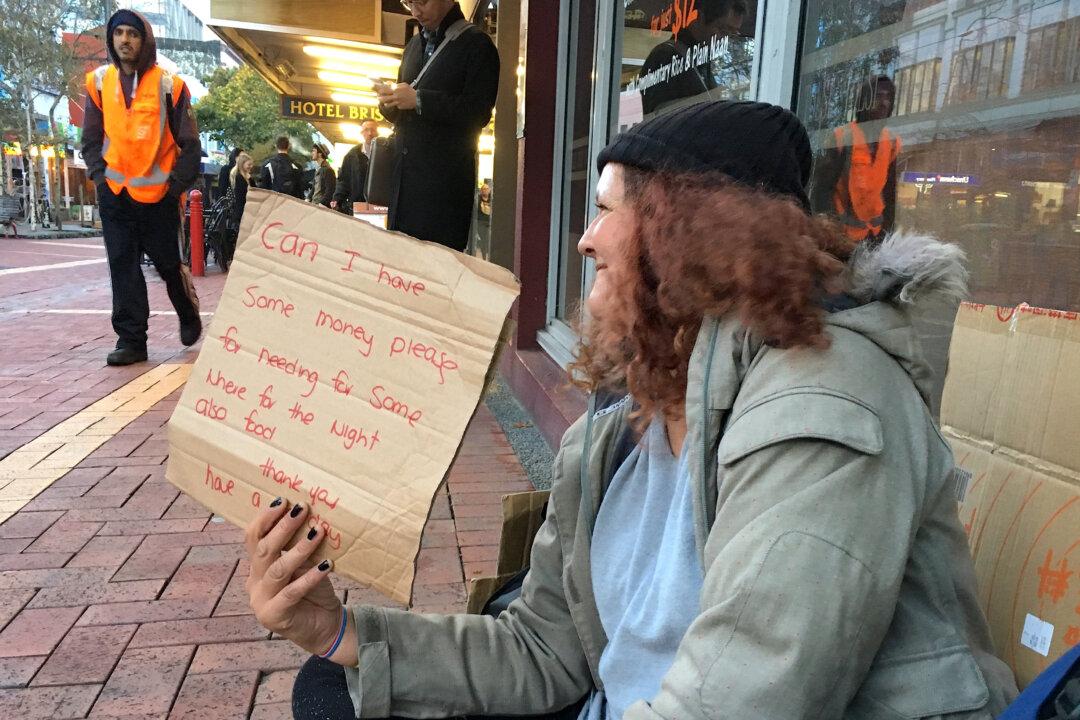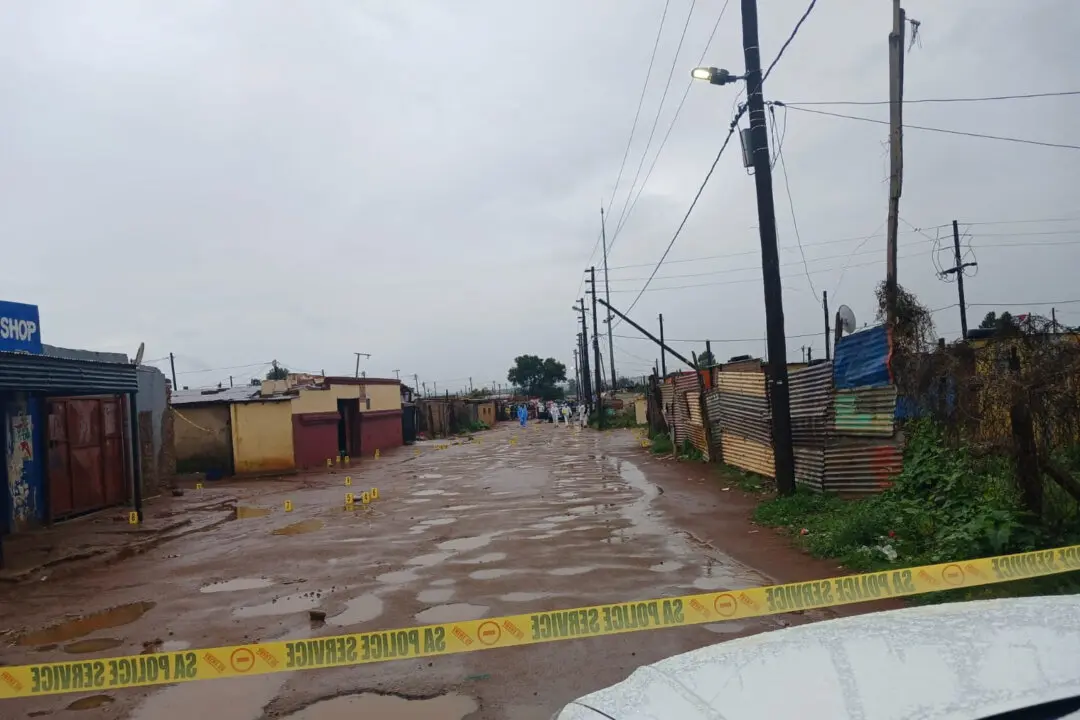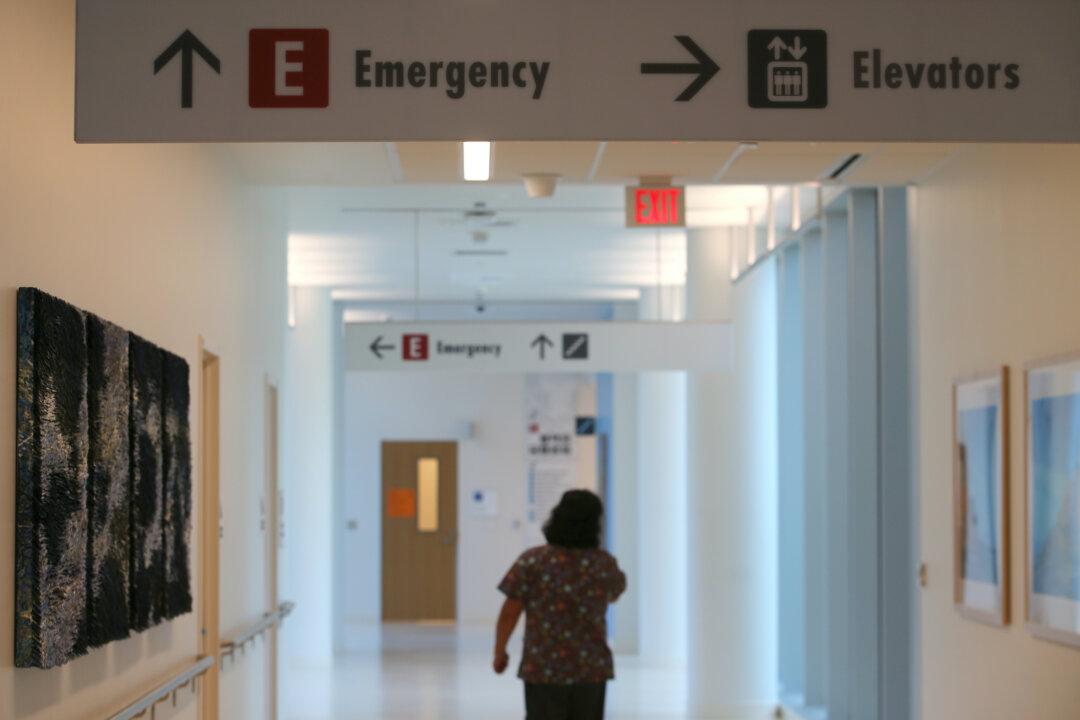WELLINGTON—New Zealand’s dairy-fuelled economy has for several years been the envy of the rich world, yet despite the rise in prosperity tens of thousands of residents are sleeping in cars, shop entrances and alleyways.
The emerging crisis has created a milestone that New Zealanders won’t be proud of: the highest homelessness rate among the 35 high-income OECD countries.





